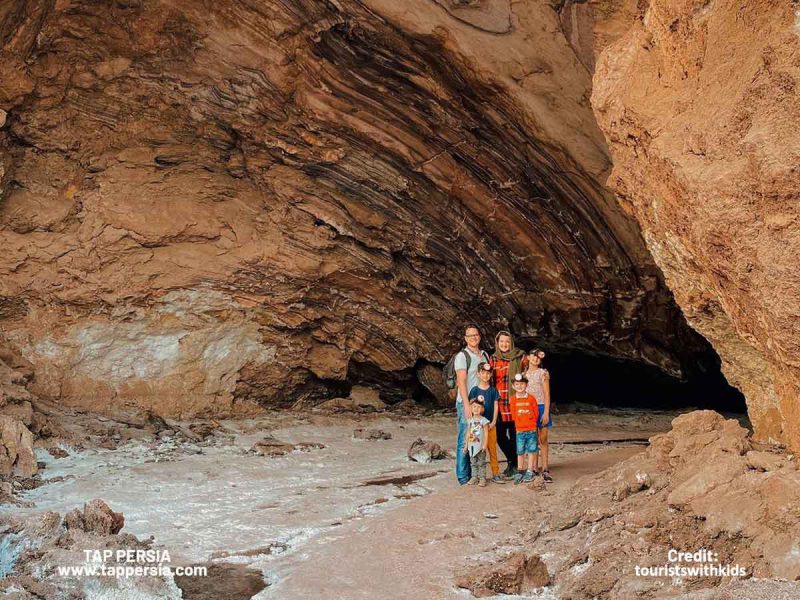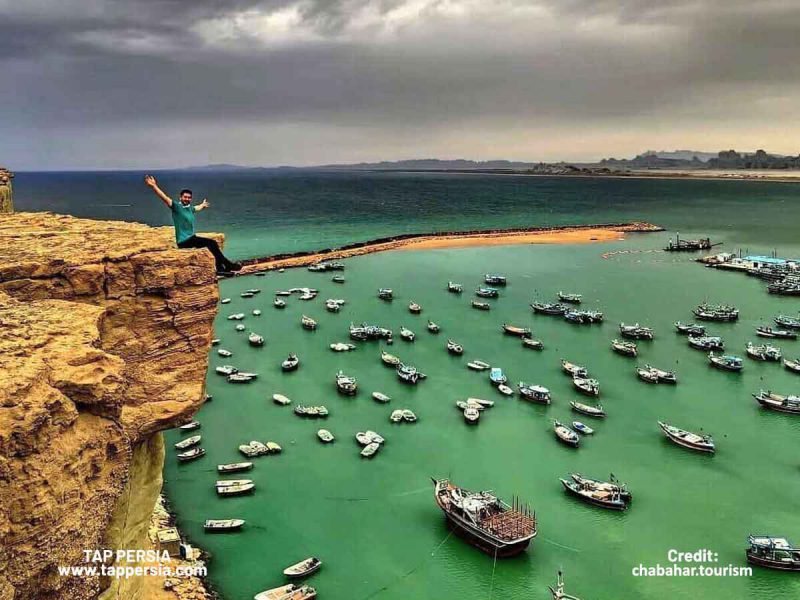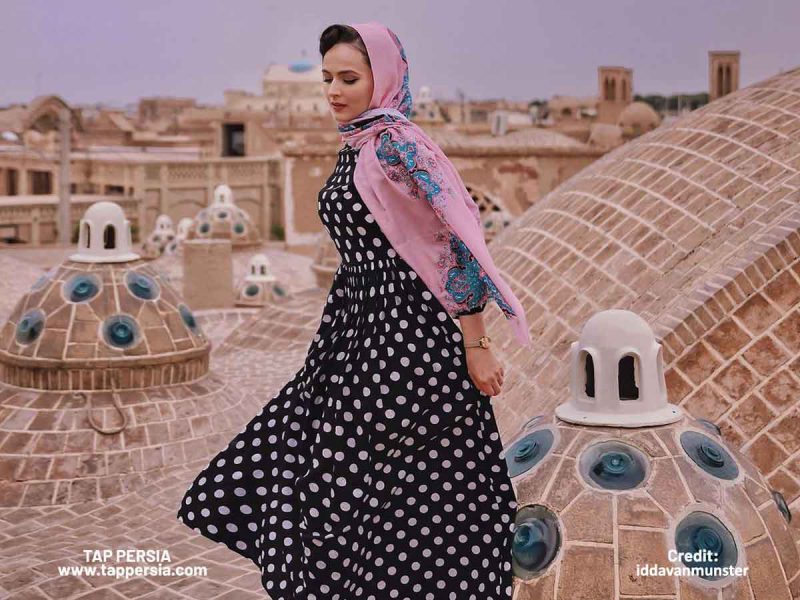Cycling is undoubtedly a lot of fun. Cycling has several advantages, whether you decide to go on it to embark on a new adventure, for health reasons, or just to take in the scenery. Additionally, you will experience twice as much delight if you decide to travel to a wonderful location like a stunning forest or a serene beach. Reconnecting with nature and letting go of care and stress can be accomplished by biking in the great outdoors. One of the nations that overseas bikers have designated as a must-visit on their maps is Iran. You can travel via Iran bike tours or simply on your own. The following information regarding cycling in Iran is important to know if you are planning to go on a memorable Iran cycling adventure tour:
Why Iran is the Perfect Destination for Cycling Enthusiasts
Iran, located in the center of the Silk Road, is one of the most prized tourist destinations in the world. Iran features a variety of climates throughout the year thanks to its snow-capped mountains, lush forests, and scorching deserts.
With so many historical ruins, the nation’s 3,000-year-old Persian past is clearly visible. It offers a variety of cultural and gastronomic alternatives for tourists. The historic nomads of Qashgaei, Bakhtiari, and Shahsevan, the proud Turkmen, the hospitable Gilaki, the kind Azeris, the vibrant Kurds, and the contemporary Tehrani (Iran Ethnic Groups) are all nomads.
Iran’s climate

Any season is suitable for cycling in Iran; all you need to decide is when to go and which routes to take. Iran has the rare potentiality of a diversified climate that offers visitors the possibility to travel all year long in both high and low seasons due to the country’s size and extensiveness in both east-west and north-south coordinates. There are large regional differences in climate. The northwest of Iran is hilly, the north is subtropical and covered in dense woods, and the south is semiarid and tropical. Central Iran is fairly dry and desert-like.
The ideal seasons for avoiding temperature extremes across the whole nation are spring and fall. In central and southern Iran, November through April is the ideal cycling season. There is no better time of year to visit the Persian Gulf Islands than January and February. The most enjoyable riding will be found in the northwest’s cold mountain ranges throughout the summer.
Popular Cycling Routes in Iran
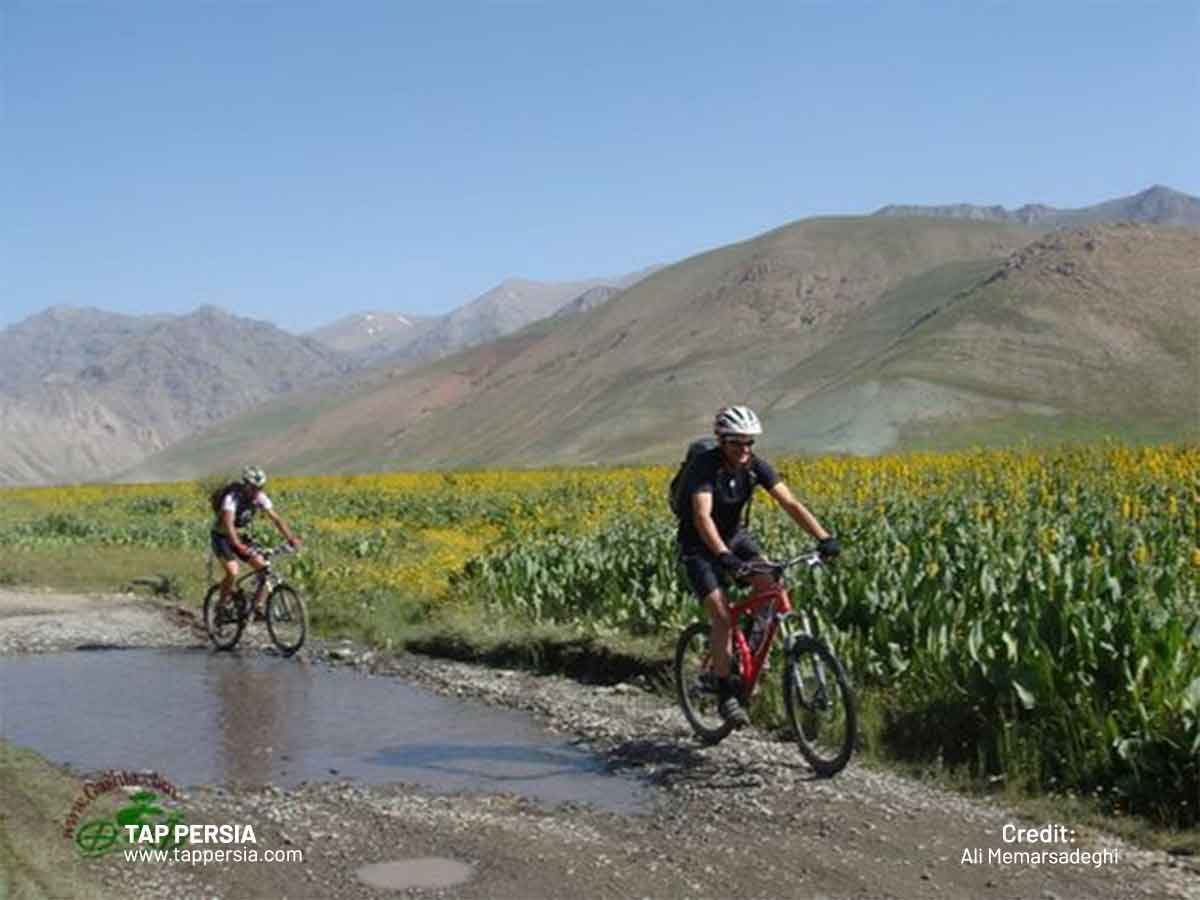
There are four different seasons in the enormous nation of Iran. You may choose from a variety of riding times and routes if you are thinking of cycling in Iran. Each journey you travel may incorporate riding, historical discovery, and cultural immersion:
1.Kashan – Abyaneh

The lovely mountain town of Abyaneh is accessible to cyclists through the ancient Isfahan road. There are several hills just after you pass Kashan airport, despite the fact that the route doesn’t see much traffic.
Although the Abyaneh town is adjacent to the desert, which has such a diverse climate, it is situated in the mountains, where it may get cold in the spring and can get snowy in the winter. The ascent is enjoyable to the mountain settlement of Abyaneh. This route is bordered by lush meadows and a lot of trees, unlike the barren plains below. The settlement is located at 2200 m, thus the evenings are significantly colder than in Natanz. The town of Abyaneh is worth a visit and the Abyaneh Hotel has nice accommodations.
2.Abyaneh – Isfahan

Natanz’s town center has a wide selection of stores where you can restock. Large fruit orchards may be seen outside of Natanz. The fences here might make it challenging to find a nice camping spot. Cycling is pleasant along the decent road to Murchenkort, where there isn’t much traffic. Despite the fact that several massive trucks may be constantly transporting enormous blocks from a nearby quarry. At the intersection of the very busy Highway 65 and Murchenkort. This route may be sometimes unpleasant to cycle on because it is used by hundreds of trucks.
Although there is crazy traffic in Isfahan’s city center, riding is considerably simpler once there. Trucks are seldom ever present, and vehicles move slowly due to the heavy traffic.
3.Isfahan – Nain – Yazd

Cyclists can use the alternate route via Varzaneh to avoid the (likely congested) Highway 62 east to Na’an. Simply follow the park on the Zayandeh River’s south side to start. There are also some true bike paths on the route east, which makes cycling here extremely pleasant. The park comes to an end on the town’s extreme eastern edge. After a few kilometers, you may leave Isfahan city behind and travel to Ziar and Varzaneh on a rather peaceful two-lane route. Along this route that passes through an agricultural area, there are several communities. It takes some time to locate a nice camping area here.
The biggest town in this region is Varzaneh. Camping is possible at a charming small park adjacent to the river. Varzaneh’s northernmost section traverses a desert. There are hardly any services or communities. Once more, it is dry and dusty. There is only one lane on this route, although it doesn’t become very busy until you reach Highway 62. From this intersection, it’s a leisurely 30 kilometers—most of them downhill—to lovely Nan. A modest tourist inn with reasonably priced split-level rooms is located in Na’n. Due to the numerous tour buses that stop there during lunch, the restaurant may get very busy.
The Na’n to Yazd route is one of those two-lane roads that are once more clogged with trucks. Thankfully, it has a shoulder the entire way. Up until you reach Aqda (70 kilometers south), which has a conventional hotel, it is entirely desert and without any facilities. The highway drops toward Yazd fairly gradually.
Again, patience is needed while looking for a nice camping location. Small, recently-planted trees that are excellent for camping in the shadows surround several of the huge factories that line this route. The road is busy all night, so set up your tent as far from it as you can.
Due to the fact that all vehicles are routed around these cities, it is simple to cross Ardakan and Meybod thanks to their decent, broad highways and light traffic.
4.Yazd – Abarkuh

This is another great route while cycling in Iran. The two-lane roadway is somewhat congested with trucks and autos on its relatively small shoulders. Taft is the following town. On the Yazd side of the city, Taft features a hotel. Before Deshir, there is a long, slow ascent to a pass, followed by a swift, abrupt fall into the village’s few stores. Here the desert once more begins, and for the following 10 to 15 km the road continues to decline extremely slowly. There is no shoulder on this 2-lane roadway, yet it only carried a few automobiles. A store and restaurant are located 15 miles beyond Deshir. There is only a desert beyond that until Abarkuh.
It is a little town, Abarkuh. Although it appears there is a guest house, the hotel mentioned in several guidebooks has long since closed.
While exploring the diverse cycling routes in Iran, don’t miss the mesmerizing experience of Chalus Road in autumn, a scenic route that offers breathtaking views of the Alborz Mountains adorned with vivid fall colors.
5.Surmaq – Shiraz

About 40 miles of the moderately hilly road began the journey south of Surmaq. Although the trucks and automobiles on this important road are sometimes quite crowded, the shoulder is good. The steep ascent begins near the Red Crescent building and continues for 5 kilometers after the gradual ascent. The next 15 miles into Safashar are all downhill. Saadi Park, which has lush meadows and shaded trees, is a lovely feature of Safashar. Water for drinking and public bathrooms is available here. There is a turnoff to a preferred and much calmer route to Qaderabad 20 kilometers south of Safashar. Check your map or GPS because the turnoff is unclear or well-signposted. You may enjoy some lovely mountain views along the route as you travel the road to Qaderabad. You will return to the main roadway once again just north of the Pasargad archaeological site.
You’ll notice a “No Motorcycles” sign on the roadway farther south. This portends the approaching of a lengthy tunnel. Cycling through it is not advised, but fortunately, a great ancient road goes around it. You will travel a few kilometers after re-joining the roadway before arriving at Sadatshar. A pleasant detour through the valley may be taken from here instead of continuing on the busy roadway. As you move closer to the Persepolis region, this ancient Shiraz road becomes more and crowded.
Would you want to go to the tombs north of Persepolis? Visitors coming from the north should turn right at the intersection just before Persepolis because these are not indicated there. At the crossroads itself are the smaller graves. One of the few locations that offer camping is the Persepolis Tourist Hotel, although you may prefer the reasonably priced bungalow-style accommodations in a lush garden.
The accommodations include a small kitchen, living area, and private bedroom. The settlement of Marvdasht is situated a few kilometers south of Persepolis. After passing it, continue on Highway 65 all the way toward Shiraz. It becomes more crowded as you approach closer to Shiraz. There is a decent shoulder where you may ride while admiring the stunning surroundings.
Other Places Noteworthy for Cycling in Iran
Cycling in Lavasanat

Tehran’s Lavasanat area is located 40 kilometers outside of the city. It is about 40 minutes away by car on a mountain route and is situated in the Central Alborz Mountains northeast of Tehran. The district of Lavasanat has the major town of Lavasan, which is today a rich neighborhood where residents prefer to live outside the city. With a population of more than 15 million, Tehran is a sizable capital city, thus many residents who can afford to do so opt to live elsewhere and travel to work.
In the past ten years, Lavasan, a rural and mountainous area of Tehran, has experienced rapid growth. There are various paths around the town of Lavasan that lead to a collection of villages. A dam and a small lake are nearby, and the summer is the best time to see them while cycling in Iran.
The ideal cycling months of the Lavasanat region are early spring to mid-autumn. However, there are no hotels seen nearby, but there are a few residents in the region who provide local homestays, fortunately.
Cycling from Tehran to the Caspian Sea

The Alborz Mountains with a length of 900 km serve as a barrier between central Iran and the Caspian Sea, meaning you must travel through the range from the southern slopes to the northern ones in order to get to the Caspian Sea, which makes the trip of cycling in Iran a bit more adventurous. The distance from Tehran to the Caspian Sea, which appears to be roughly 90 km in a straight line on the map, isn’t as large as it appears to be on the road. There are a variety of routes you can take to go from Tehran to the Caspian Sea if there isn’t an official bike path.
Cycling ranges from a moderate level to a tough Iran cycling adventure level, depending on when you choose to start your ride. To have a unique experience, you must spend a few nights traveling. You need a support truck for every route since each segment requires a few transfers. This route has three distinct seasons: spring, summer, and fall. You can encounter rain in the early spring and the end of the fall. You must be ready for the unpredictable weather.
Safety and Security: Staying Safe on Your Cycling Adventure in Iran
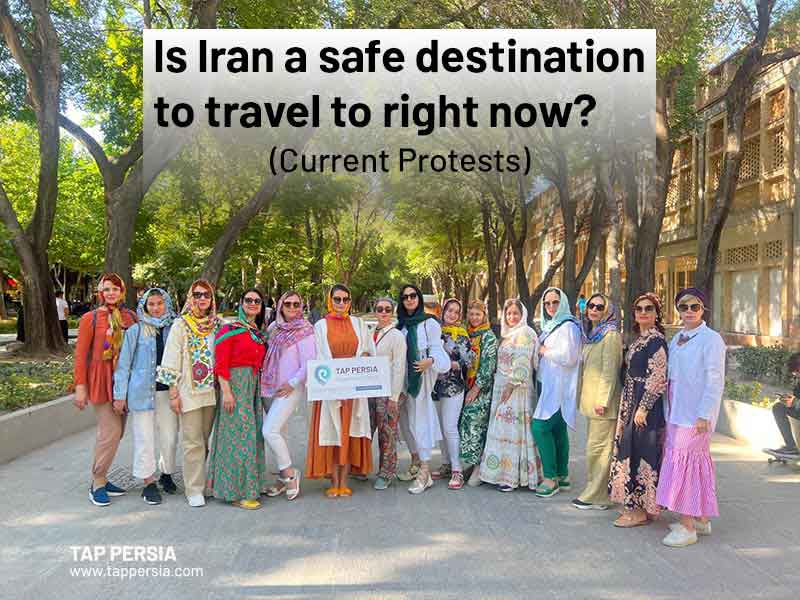
Is Iran secure? The most frequent query bikers have is this one. Contrary to what the Western media would have you believe, Persians are among the world’s friendliest and most hospitable people. Locals are aware of how they are seen in Western media, but instead of being offended by it, they repeatedly disprove the stereotype with their overwhelmingly warm friendliness and compassion. Driving and traffic patterns are a hybrid of those in Asia and Europe. Sometimes it feels risky to cross the street, so do as the natives do. Start your bicycle journey on rural (and occasionally gravel/dirt roads) after leaving the larger cities and traveling to calm towns. According to the route they take, many people think cycling in Iran is much safer than cycling in Australia. Bicyclists should wear high-visibility clothing, and have reflectors and light because certain routes won’t be illuminated. The most effective way to see cars passing you is in your rearview mirror.
Bikes on Buses and Trains
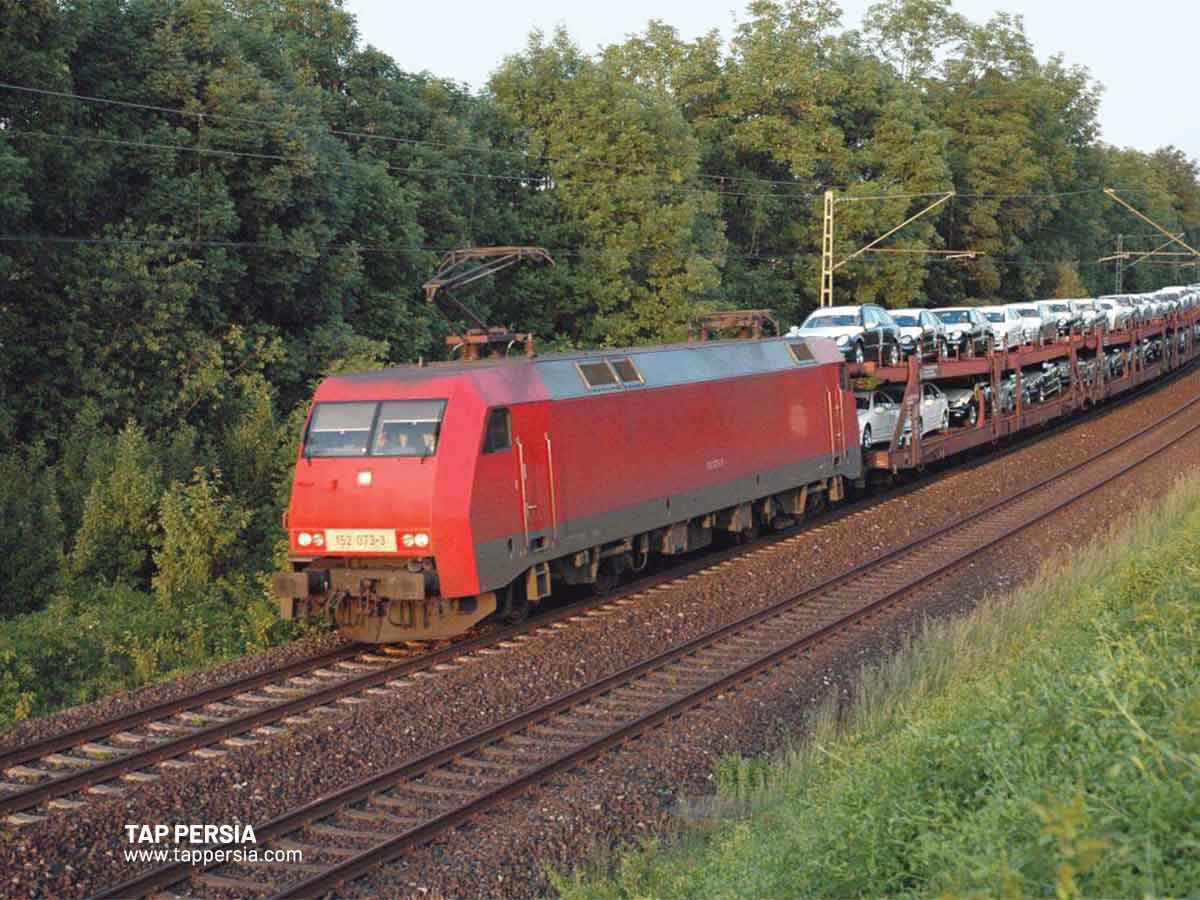
If you want to cover a large area, the distance forces you to take public transportation with your bike. It is feasible, but you will have to pay more, and it will depend on how long the trip will take and what kind of bus it will be. You must arrive at the railway station early to check your bike in as cargo if you intend to ride a cargo bike on the train.
Accommodation
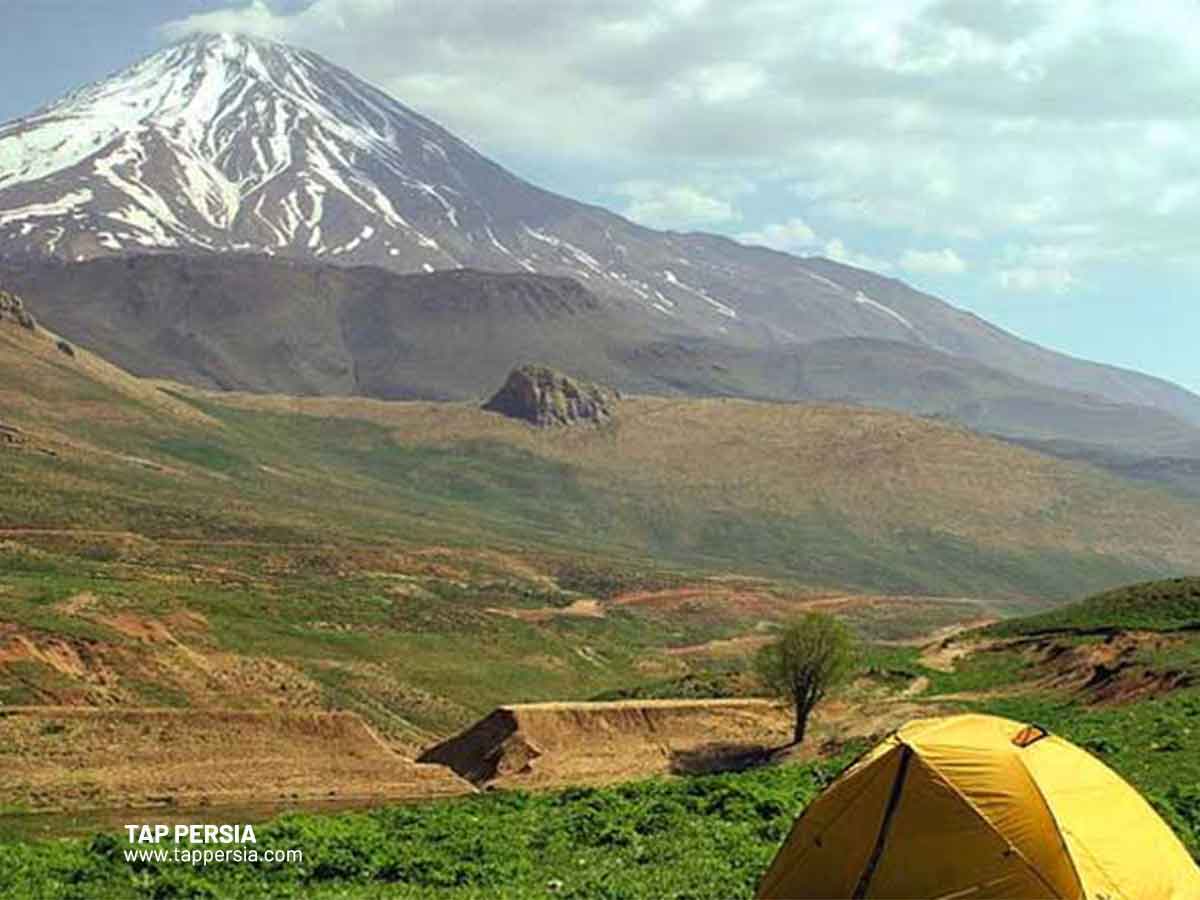
Iran provides travelers with a selection of lodging choices, including five-star hotels, boutique hotels, hostels, homestays, and caravansaria. There aren’t many conventional campgrounds in Iran with hot showers and kitchens for cyclist visitors who enjoy camping. You will instead rely on rough camping in the spaces between towns and cities. There are many isolated locations where you may set up your tent, so this is never an issue.
In Iran, it is simple to camp next to the police stations, gas stations, and Red Crescent Rescue Stations that are dispersed along the major roadways. They normally welcome you to set up tent close by and will let you use their water and restrooms. You can even set up camp in municipal parks, where a guard is typically stationed inside a small house and on watch.
You may book accommodations with confidence through TAP Persia, who will guarantee a suitable, safe location at a fair price.
Multi-Country Cycling and Border Crossing
Iran has common borders with Azerbaijan, Turkmenistan, Armenia, Turkey, Nakhchivan, Iraq, and Pakistan. To and from these bordering nations, you can travel overland. In Tehran, it is possible to obtain an onward visa.
Iran Visa

Although it is relatively simple to travel around the nation alone, or in a group, seeking the assistance of a local travel agency like Iran Visa is advised for your convenience and safety. The important thing to remember is that you are viewed as having been invited by the agency, so their assistance, particularly in automatically obtaining a visa in a shorter amount of time and booking accommodations that fit within your budget, is noteworthy. Additionally, they provide assistance with any information you would want across the nation 24 hours a day, 7 days a week. So next time when you are thinking about cycling in Iran, make sure to check out Iran visa.
Answering Your Questions about Cycling in Iran
What makes Iran a great destination for cycling enthusiasts?
The beautiful and diverse nature of Iran and the amazing, diverse routes make cycling in Iran absolutely great.
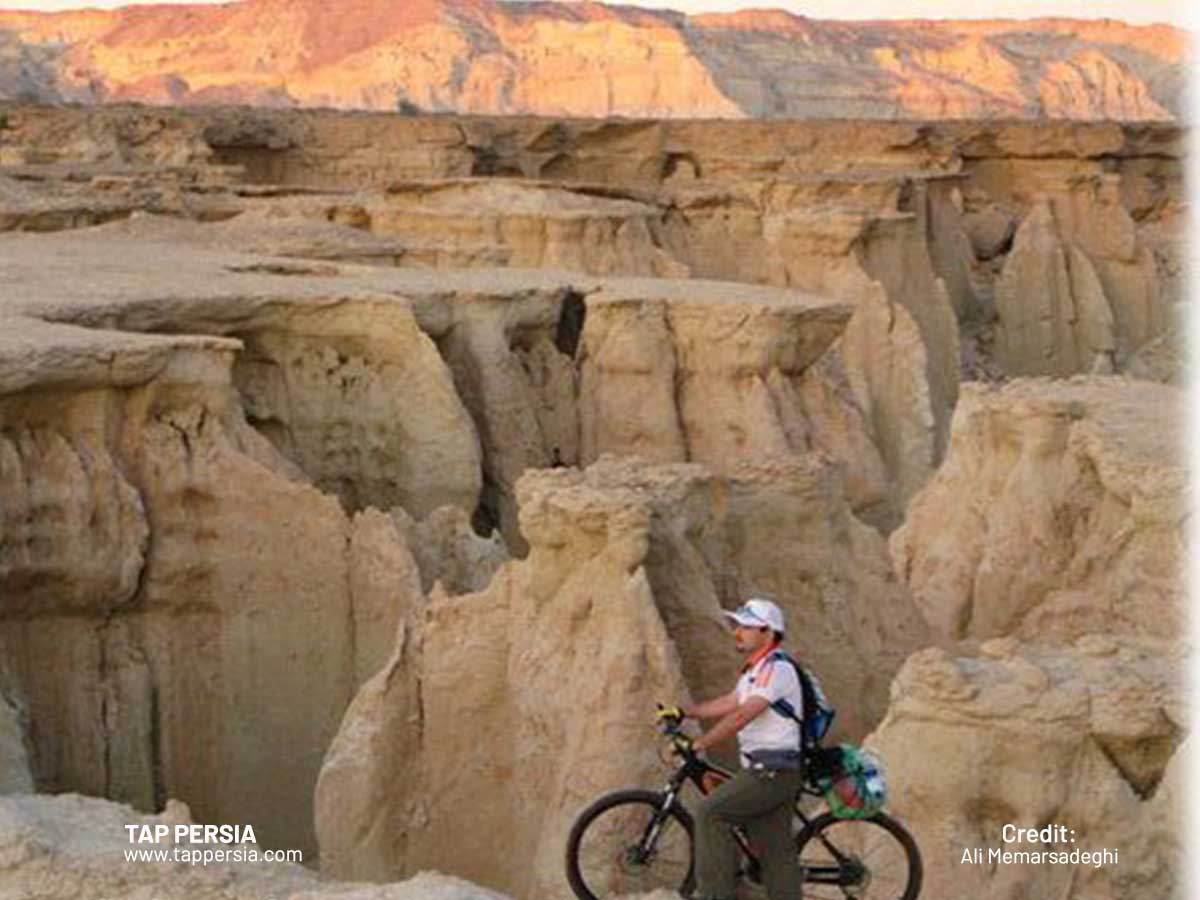
What time of year is ideal for cycling in Iran?
In southern and central Iran, riding is best from November to April. January and February are suitable to explore the Islands in the Persian Gulf. During the summer the cool mountain regions in the northwest will make for the most pleasant cycling.
What must you bring with you on your bicycle journey to Iran?
In conclusion, the following items are a must-have while deciding to go cycling in Iran: Sunglasses, passport and passport copy, cap or hat, Iranian visa, sunscreen, comfortable shoes and a towel.
How do I navigate and communicate with locals while cycling in Iran?
Generally, Iranians are caring and feel responsible for being by your side. When cycling in Iran, locals will pull over to offer you food and drinks, and invite you to their homes.
What are some common misconceptions about cycling in Iran, and how can I overcome them?
Some misconceptions about cycling in Iran may be that it’s impossible to escape Iran’s busy highways, most of Iran is a featureless desert, Iran’s climate is always hot and dry and Iranians are scary and hostile towards Americans and British citizens.





